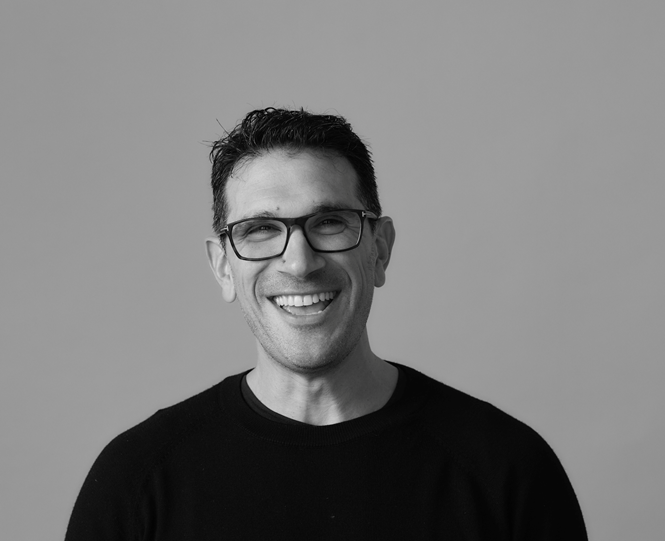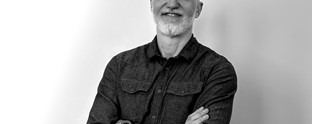25 Years of Sonic Branding

Daniel M Jackson, partner at sonic branding agency, Sonicbrand, explores the changes he has witnessed in the last 25 years of sonic branding and what the future of the industry holds.
In 1997 I was working as a media planner specialising in radio, when I fell in love with sonic branding. It wasn’t called that back then, it was just great radio advertising that used music as connective tissue with TV ads. I fell in love with ‘it’ anyway, even without the cool name.
What has changed from then to now? Everything and Nothing
Media changed. From print to digital. From radio to audio. From broadcast to interactive. From TV to…TV+. Brands changed, from corporate logos to purpose-driven movements. From few to many and from corporations to promises.
People have certainly changed. For starters, there are about 2 billion more of them on the planet now than in 1997. But so much else has also evolved. We are better educated, better informed, more productive and we consume more of everything. I also believe that the world is much more caring, understanding and tolerant of the needs of the individual. But, we are also much less patient and less able to concentrate. Our attention has been fully monetised but we have less of it to go around.
Amidst all this change, sonic branding has hardly changed at all. In one sense this is of great comfort, since it is a timeless concept. In many other real senses, it’s a source of great frustration.
Sonic branding means using sound to connect a brand to its audiences at all touchpoints through the emotional power of music, voice and sound. So, conceptually, we are open to any media, brand or audience, and the job is always to make things sound great individually and connect the dots between multiple touchpoints.
Most brands still ask for sonic branding for a single touchpoint, for example, a TV ad or Alexa Skill. And most brands still think sonic branding is a jingle or sonic logo rather than a whole suite of harmonious sounds that bind a brand identity. The grand 4-D vision that was defined so long ago is still being rendered 1-D, with a few, notable exceptions. The good news is that the stars are aligning for sonic branding in 2022, more than at any time in the last 25 years.
The Future Has Already Arrived
Apple Airpods are the third highest revenue technology item in the world (behind Tesla and Netflix). That’s not Apple. That’s just Airpods. The world is listening 24/7; to music, to podcasts and to voice assistants in smart devices. We're living in the age of audio where we can converse with the internet as well as with our social connections. Smart technology talks to us and assists us every day, but brands are only just starting to understand the opportunity that audio really represents. A new internet has been created without screens, without keyboards or touchscreens. What can we do with it? Sonic branding holds the key.
We walk, drive, shop, work and even sleep with audio as a constant companion. Our ears are filled with thousands of podcasts and millions of songs. Now our smart devices can serve us brand ideas, engage us in automated conversations and deliver seamless experiences where the physical and digital are combined.
'Hearables' and wearables (as well as in-home smart devices like Google Home and Alexa speakers) have an ability to track every sound and motion in order to serve us with information that is relevant to time, location, mood and need. From simple alerts (there’s rain on the way) to positive affirmations (way to go! That’s 10,000 steps today) all the way to "it’s 7pm, your drive home will take another 30 minutes, shall we order you a pizza?" There are human needs that sounds can answer, even when our focus is elsewhere.
So the opportunity is to use the tools of sonic branding to create audio (or multi-modal) user experiences, that begin with enhancing our every day with great content. It starts longform, with a podcast, social audio or musical experience, and then serves branded moments where a relevant conversation can be started. You listen to your favourite foodie podcast? Why not ask Alexa to deliver the ingredients to your house? You are talking about your next car purchase? Why not ask Google to send some information to your phone?
Naturalistic, conversational relationships between brand and listener. Dynamic experiences that can be programmatically delivered. The reality of Iron Man’s Jarvis or Knight Rider’s KITT. All unlocked through branded audio and the screenless internet.
I’m as excited about sonic branding today as much as I have ever been. And maybe the journey for a brand still starts with a sonic logo for a TV ad, but who knows where else that can lead? I’ll certainly be listening closely to find out.












